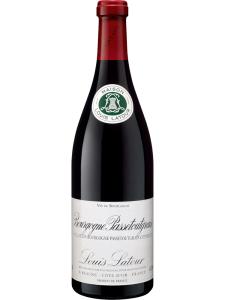-
中文名:
-
英文名:Bourgogne Passetoutgrain
-
位置:
-
葡萄园面积:公顷
-
葡萄酒特点:
-
产区产量:
-
土壤:
Bourgogne Passe-tout-grains (also Bourgogne Passetoutgrains) is the appellation for red and rosé Burgundy wines made under the region's least-stringent production conditions. It was created in July 1937. These wines are very much for everyday consumption and are considered the least 'fine' that Burgundy has to offer.
The term passe-tout-grains means literally 'pass all grapes' – a reference to the lack of berry selection carried out following the harvest. The grains in question are predominantly Gamay and Pinot Noir, although the white varieties Chardonnay, Pinot Blanc and Pinot Gris are also permitted, up to a maximum of 15% of a finished wine. Pinot Noir must comprise at least 30%, with Gamay making up the rest.
The typical Bourgogne Passe-tout-grains wines has a straightforward, rustic style, although the better wines do develop with a few years of bottle ageing.
Carbonic maceration is permitted under the appellation laws, to soften the tannins and provide a fresher, fruitier element. Chaptalization is also allowed to a certain extent, to bring the wines up to full alcoholic strength in cooler years when the grapes struggle to ripen fully. While the production conditions are generally very relaxed, they do forbid the use of oak chips – an increasingly common international addition in the production of cheaper wines, which adds a woody element.
The Bourgogne Passe-tout-grains catchment area covers all of Burgundy and some of the neighboring Rhone administrative department. The wines are produced from roughly 1480 acres (600ha) of vines, spread over nearly 400 communes.


